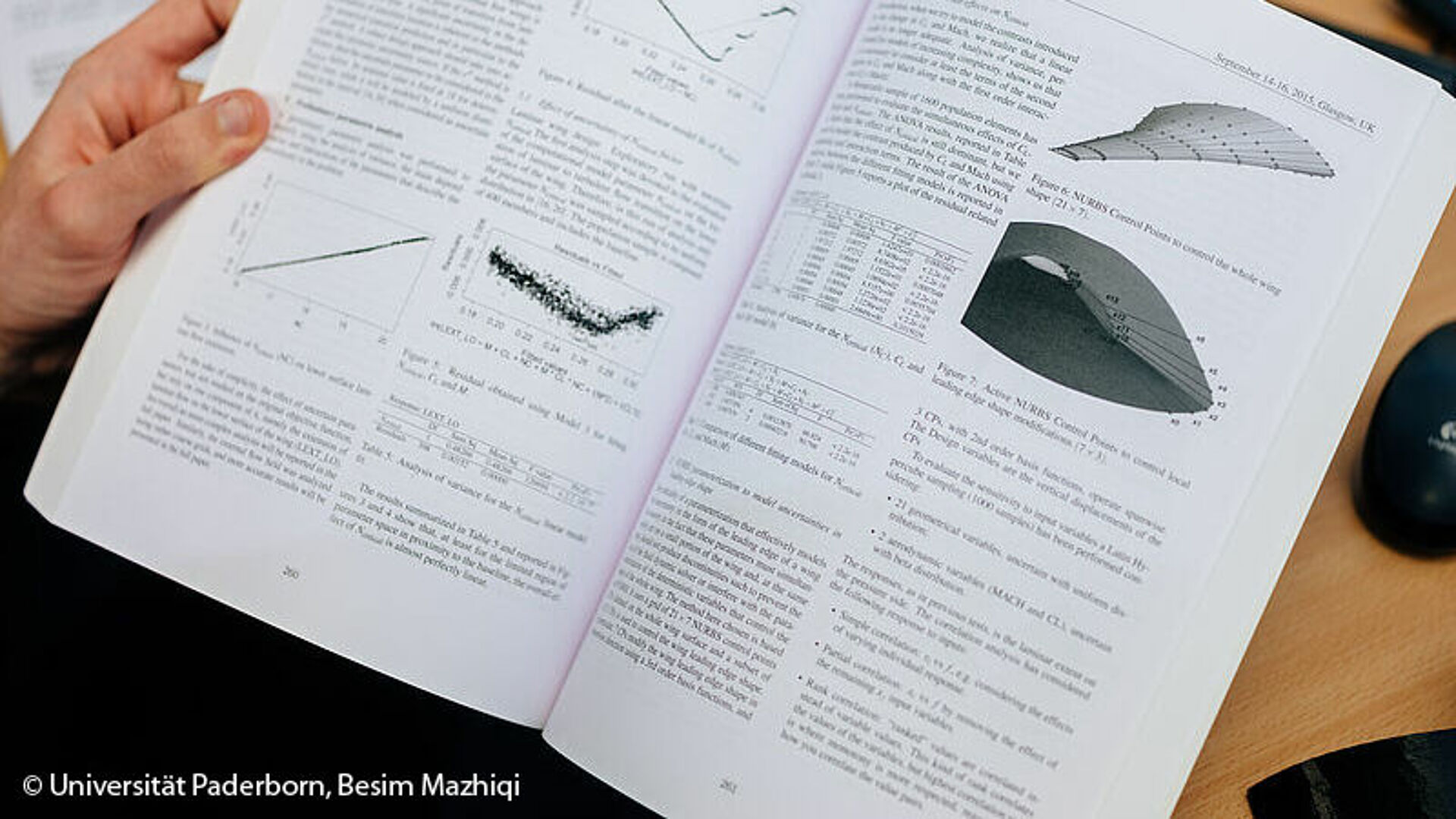Hydrogel-Based Biosensors
K. Völlmecke, R. Afroz, S. Bierbach, L.J. Brenker, S. Frücht, A. Glass, R. Giebelhaus, A. Hoppe, K. Kanemaru, M. Lazarek, L. Rabbe, L. Song, A. Velasco Suarez, S. Wu, M. Serpe, D. Kuckling, Gels 8 (2022).
Hyphenation of ultra-high-performance liquid chromatography and ion mobility mass spectrometry for the analysis of sequence-defined oligomers with different functionalities and tacticity
M.-T. Berg, A. Herberg, D. Kuckling, International Journal of Polymer Analysis and Characterization (2022) 1–12.
Quinuclidine-Immobilized Porous Polymeric Microparticles as a Compelling Catalyst for the Baylis–Hillman Reaction
A. Kumar, D. Kuckling, L. Nebhani, ACS Applied Polymer Materials 4 (2022) 8996–9005.
Branching analysis of β-cyclodextrin-based poly(<i>N</i>-isopropylacrylamide) star polymers using triple detection SEC
Alle Publikationen anzeigen
A. Herberg, D. Kuckling, International Journal of Polymer Analysis and Characterization (2022) 1–19.
Kontakt

Professur für Organische und Makromolekulare Chemie
Büro: J3.310
Telefon: +49 5251 60-2171
E-Mail: dirk.kuckling@uni-paderborn.de
